Just How Strong Is Industrial Real Estate?
Industrial investment transactions continue to close at record pricing, according to JLL's Trent Agnew.

Trent Agnew, Managing Director & Industrial Group Leader, JLL Capital Markets. Image courtesy of JLL Capital Markets
While the COVID-19 pandemic effectively stalled the global economy between March and May last year, 2020 ended with an impressive $95.9 billion of industrial volume, making it the third-highest total in the sector’s history.
The strong finish to the year was largely due to a surge of activity experienced in the second half, as retailers’ shift to e-commerce took center stage to meet consumer expectations. The year-end totals are even more impressive considering activity stalled for nearly two months during April and May. While 2020 closed out $20 billion lower than 2019 due to fewer portfolio trades, it was just $1.5 billion lower than 2018 for total volumes.
Leasing volume was robust at 524.2 million square feet, with 145.7 million closing in the fourth quarter alone—the highest quarter ever recorded in sector history. This represents a 26.9 percent increase over 2019. While demand was strong across all industrial sectors in the fourth quarter, e-commerce was the overall standout performer, with 15.3 million square feet leased, followed by logistics and distribution (14.3 million) and construction materials/building fixtures (10.0 million).
Net absorption was also impressive at 273.5 million square feet—an increase of 47.6 million over the prior year and surpassing the 250 million square foot threshold. Inland Empire absorbed the greatest amount at 26.2 million while Chicago came in second with 25.6 million. Eastern and Central Pennsylvania, Atlanta, Dallas/Fort Worth and New Jersey also recorded high absorption rates.
Vacancy rates remained fairly unchanged in 2020 at 5.4 percent. New York City recorded the lowest vacancy of just 1.9 percent, followed by New Jersey (2.7 percent), Los Angeles (3.1 percent) and Inland Empire (3.1 percent).
Despite the pandemic, new construction deliveries exceeded expectations in 2020 with the addition of 327.2 million square feet of new supply–topping the previous year by 52.7 million.
Rents-a-rising
The stable introduction of new supply and increasing demand for industrial space helped boost quarterly rents from $6.31 per square foot to $6.39, and there continues to be double-digit annual rent growth within the most land constrained markets across the country. As a result, industrial transaction activity is currently experiencing pricing increases as much as 12 percent to 15 percent from initial offers to final award—the most aggressive shifts experienced recently—as acquisition teams are starved for opportunities to place capital amid a shrinking pool of investment opportunities.
Cap rates are also shattering records in all markets, especially within secondary or tertiary markets that have strong demographic tailwinds—like the Carolinas, Denver, Phoenix, Salt Lake City, Nashville and Austin, Texas—as investor sentiment further intensifies and opportunities remain sparse. In addition, the makeup of the buyer pool now routinely includes both domestic and global institutional advisers as well as high net worth family offices, private equity/hedge funds and REITs with some offerings receiving 20 to 30 offers that may include up to 30 percent to 40 percent of the names being investors who have moved into the property type over the last 12 months for the first time.
Looking forward
Activity at the start of 2021 was extremely robust, as industrial is seen as a safe investment with low capex requirements and continued rental rate growth upside. Industrial transactions continue to close at record pricing, especially with investment-grade credit tenants where an investor can pinpoint a spread over comparable fixed income yields as a compelling reason for investing in the real estate.
The story for 2020 was e-commerce growth and the cap rate compression that was experienced in secondary and tertiary markets, while the story for 2021 is likely to be the compression in Class B infill product that was slower to come to market in 2020 amid more economic uncertainty.
Class B—whether multi- or single-tenant—assets are now as highly sought after by investors as Class A assets. This is mostly because rent collections held up at more than 95 percent across that sector last year, compounded by a strong rebound in leasing of the smaller-tenant segment during the second half of 2020 and a return to rent growth that took a pause when the pandemic initially hit. Additionally, debt markets are pricing Class B multitenant at nearly the same leverage and interest rates as they are Class A product, which allows buyers to generate attractive levered returns.
In addition, 2021 is expected to be the year when several medium-to-large e-commerce/third-party logistics companies, such as The Home Depot and the major parcel delivery companies, expand their footprints by up to 50 percent.
Other trends to be on the lookout for include a further emphasis on sustainability operations with the implementation of carbon-neutral supply chains and a rise in last-mile facilities to keep pace with online shopping demand, specifically in urban logistics markets.
A broadening investor pool and lack of acquisition opportunities to meet the rising sea of capital pushing into the sector will continue to drive pricing in 2021. Institutional capital and large family investors will increasingly pivot from retail and office to gain exposure in industrial, pushing values upward for the foreseeable future.
Trent Agnew is a JLL managing director and Industrial Group leader.

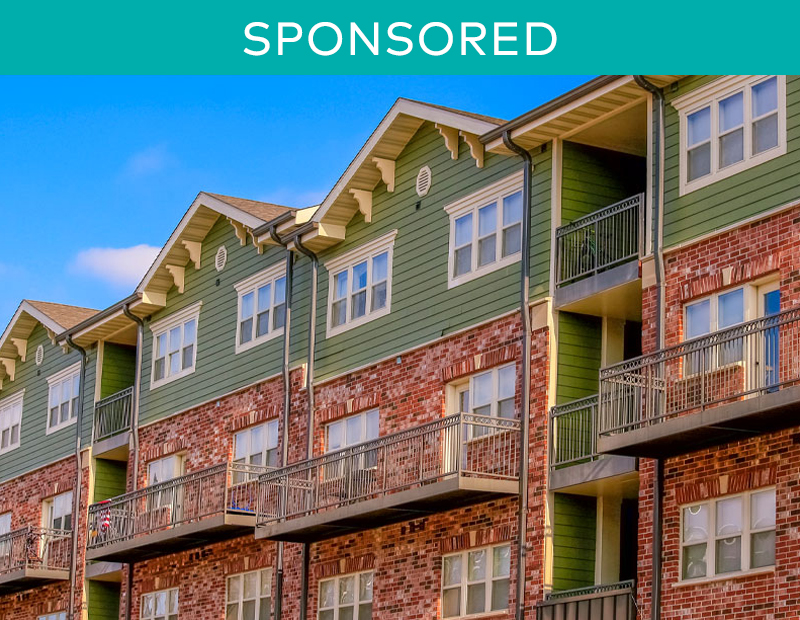
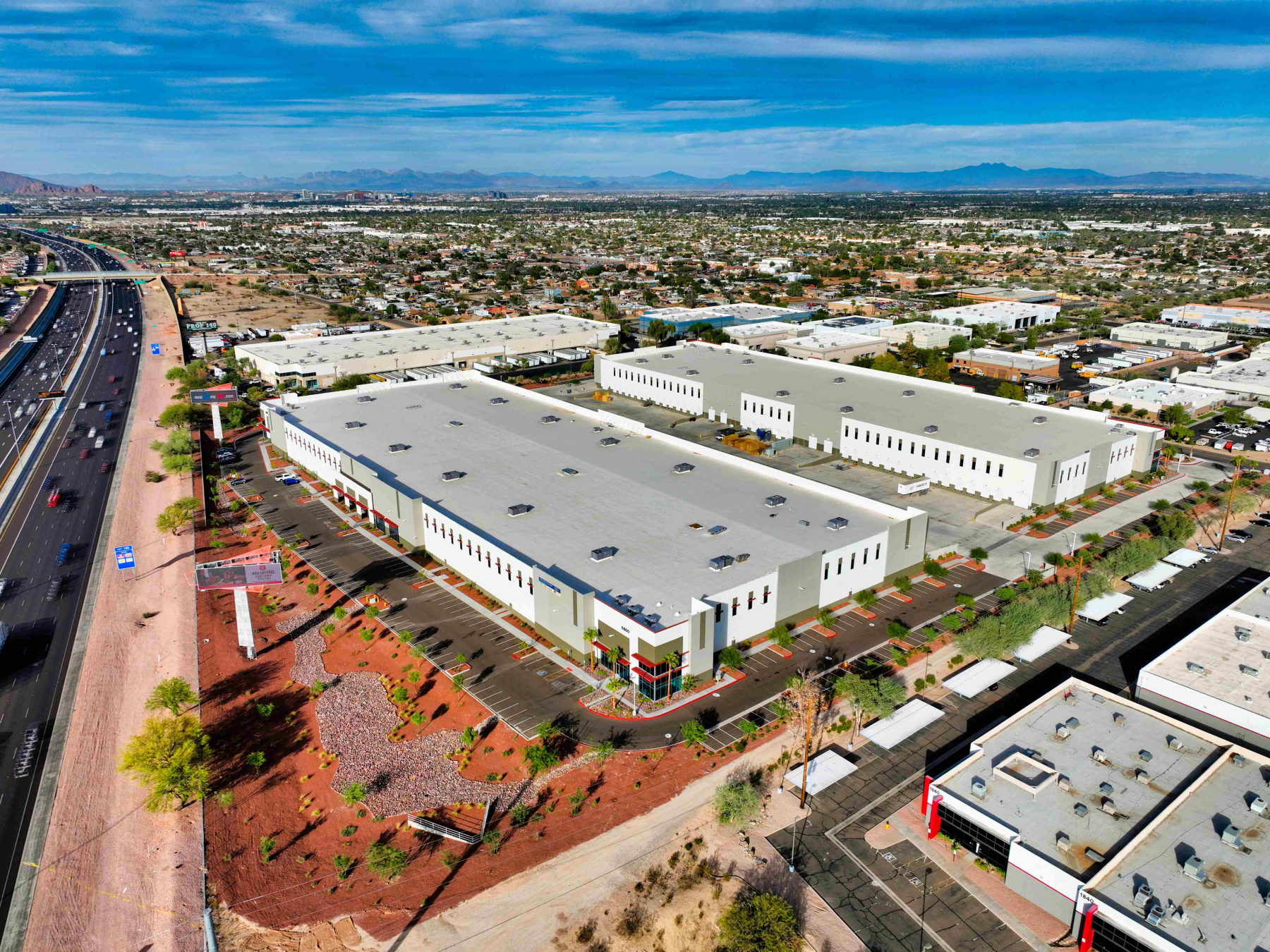
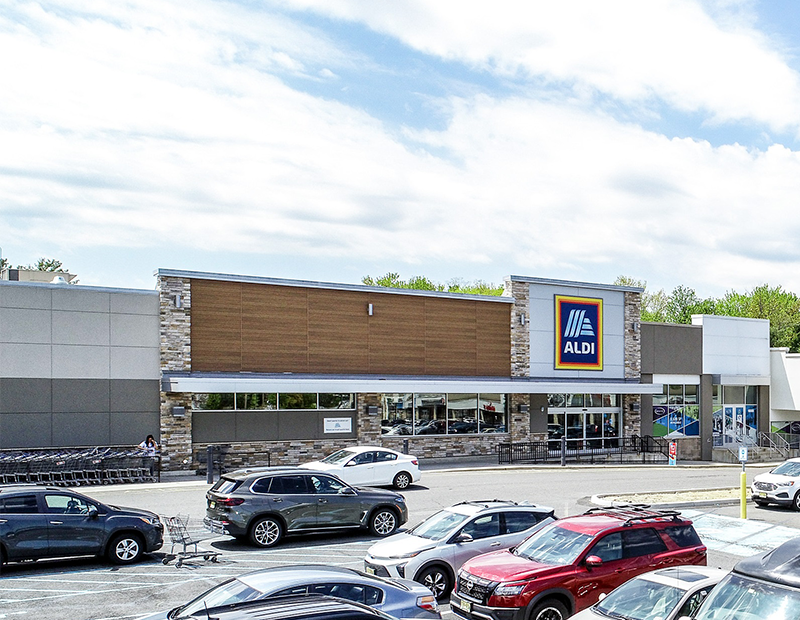
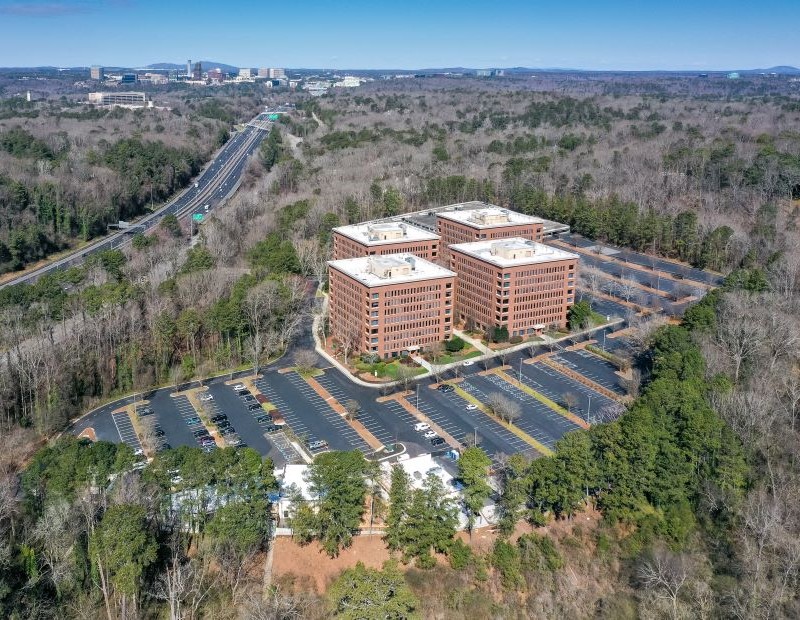
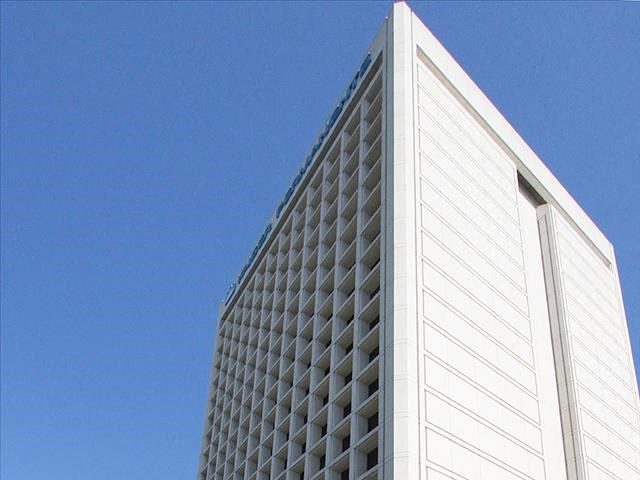
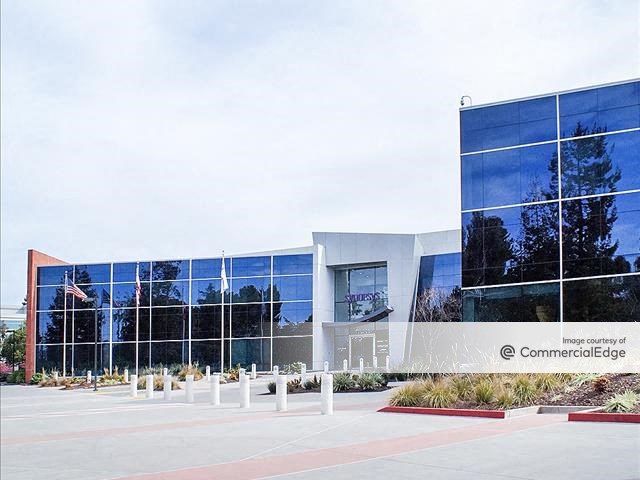
You must be logged in to post a comment.